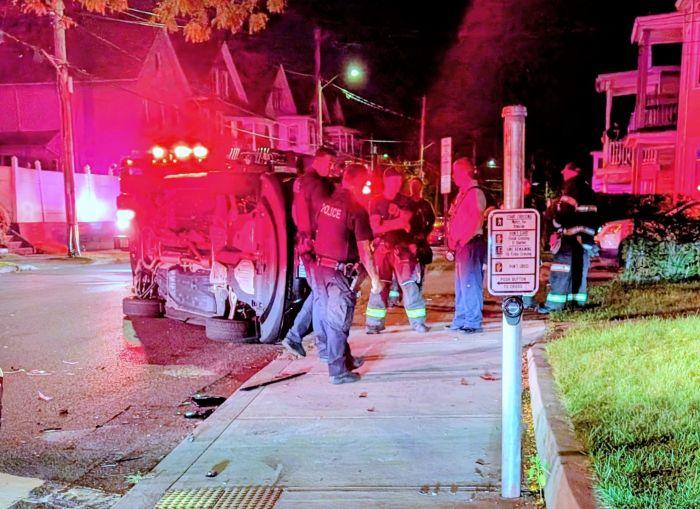ALBANY, N.Y. — The New York State Corrections Officers Police Benevolent Association (NYSCOPBA) is sounding the alarm over a surge in dangerous substance exposures inside state prisons, including multiple incidents at Fishkill Correctional Facility in Dutchess County.
Mysterious Illnesses Spread Through Prisons
Exposures to unknown substances have led to dozens of prison staff members and inmates across New York being rushed to hospitals since the start of the year. Symptoms have included fainting, nausea, vomiting, elevated blood pressure, and blurred vision. In several cases, staff required Narcan to reverse the effects, raising concerns that the exposures may be linked to potent synthetic drugs.
At Fishkill, a serious incident earlier this week required the response of multiple police agencies, emergency medical services, and a fire department HAZMAT team. More than a dozen inmates and staff fell ill, with three correction officers and one nurse needing Narcan to recover.
Despite the repeated outbreaks, investigators have yet to determine what substances are causing the illnesses.
The Scope of the Crisis
According to NYSCOPBA, exposures have been happening in state prisons for more than a year, with no definitive answers provided to staff. The incidents often occur after staff encounter inmates suspected of overdosing on contraband drugs. In many cases, the contraband has come in the form of paper soaked with unidentified liquids, which correctional staff inadvertently touch while handling inmate possessions or mail.
A Mid-Hudson News source reported that six additional overdoses occurred at Fishkill on Thursday. In response, the prison superintendent ordered the removal of all germicides, claiming they were responsible for the illnesses. However, investigators have provided no evidence supporting that theory, leaving staff both skeptical and frustrated.
Union Calls for Stronger Statewide Response
NYSCOPBA President Chris Summers expressed growing frustration with the state’s failure to act decisively.
“We are at the point where we’re beyond frustrated over what is occurring,” Summers said. “Exposures have been occurring for over a year now, with no clear explanation of what staff are being exposed to. We understand that in most of the exposures, staff became ill as a result of coming into contact with inmates who were on unknown drugs. Yet the state has not taken this seriously enough to provide the resources needed to identify these drugs and develop protocols to reduce the risks of it happening again.”
Summers emphasized that the uncertainty surrounding these exposures is unacceptable. “We cannot wait until somebody dies to find those answers,” he said. “The state needs to address this immediately, because the men and women who work in the prisons deserve to come to work knowing their workplace is protected from lethal substances.”
Preventing Contraband: Flaws in Security Measures
The union also criticized the state’s handling of contraband prevention programs. Summers acknowledged that the Legal Mail Scanning initiative was an important step toward limiting smuggled drugs disguised as legal documents. However, he said other systems remain flawed, particularly the Secure Vendor Program that allows inmates to receive packages from outside vendors.
“Too many flaws currently exist in the program,” Summers said. “Instead of having one secure vendor that can be effectively monitored, there are several vendors that provide packages to inmates through the mail, and there are no checks and balances. We know contraband is still getting in through that system even though the original intention was to stop it.”
A Call for Immediate Action
NYSCOPBA is urging the state to implement stronger screening protocols, improve detection systems for unknown substances, and launch a comprehensive investigation into what correctional staff are being exposed to.
The repeated involvement of HAZMAT teams without clear identification of the substances has only heightened fears among corrections officers and medical staff. Without concrete answers, prison employees remain in an environment where the risk of sudden exposure continues daily.
Summers concluded that while the union is willing to work with the state to strengthen security and prevention measures, the lack of urgency so far puts both staff and inmates in jeopardy.
“Every day that passes without answers is another day that officers, nurses, and staff are at risk,” he said. “It’s time for the state to step up and provide real solutions.”
















Leave a Reply